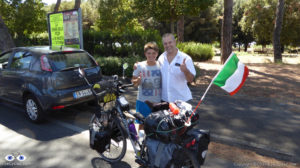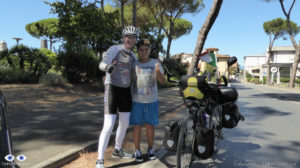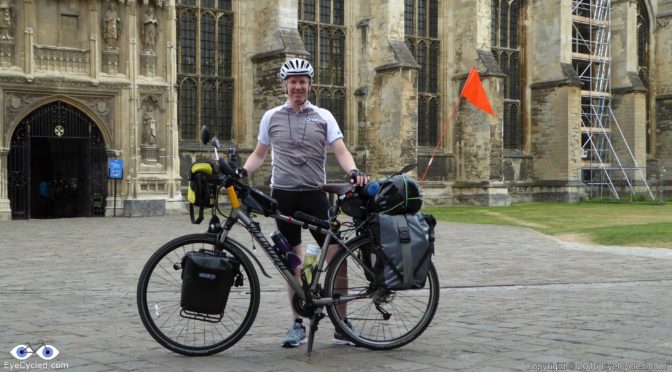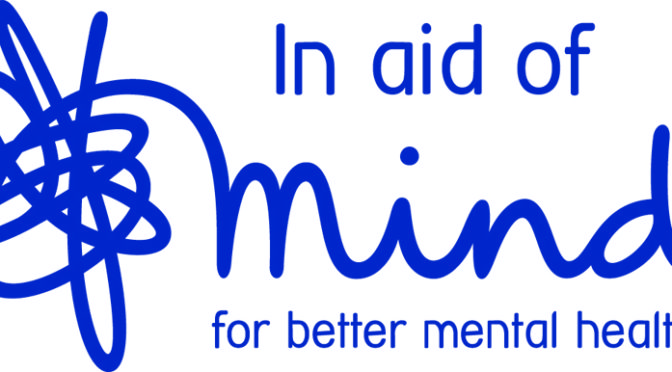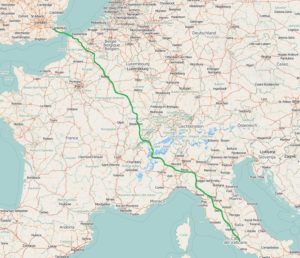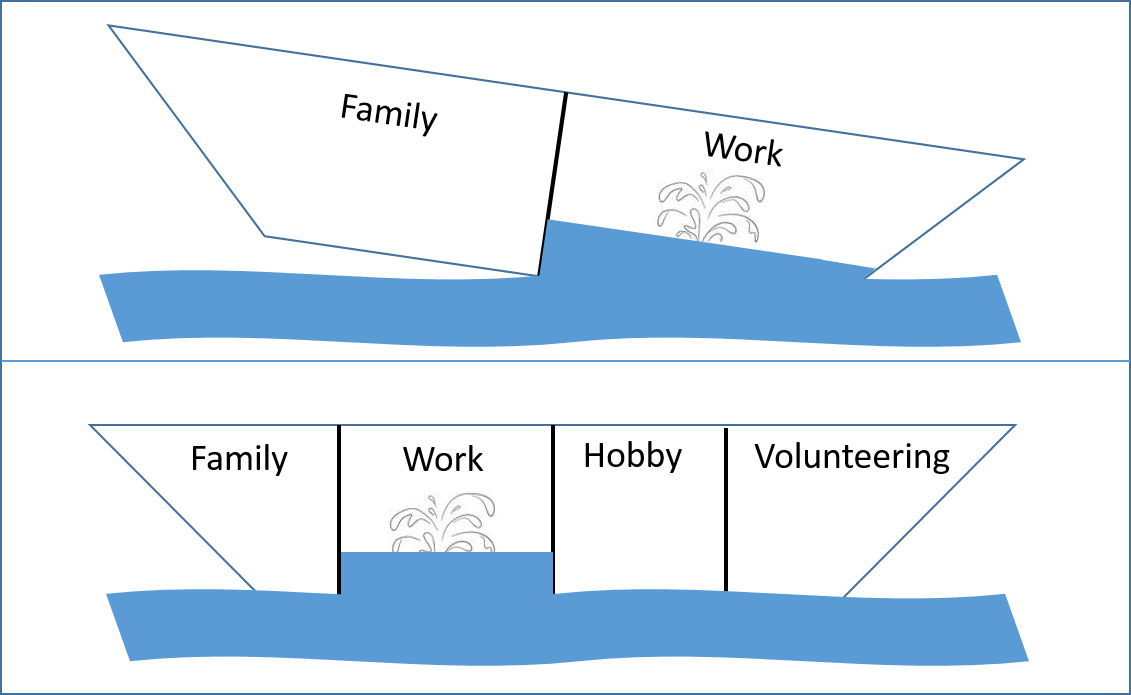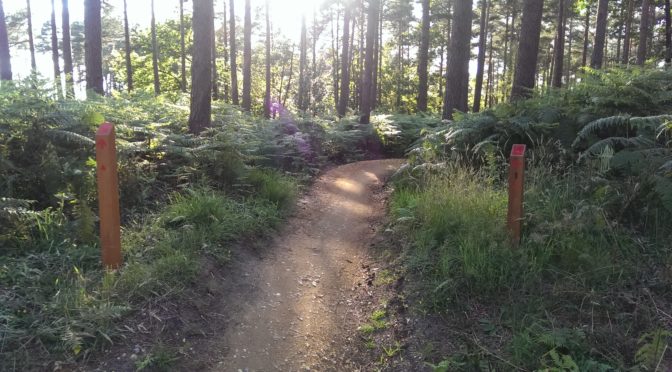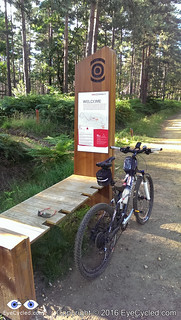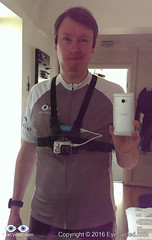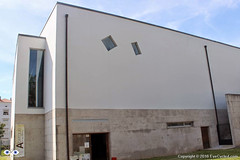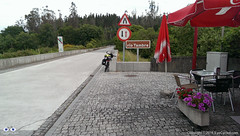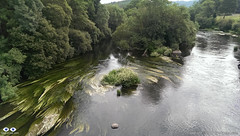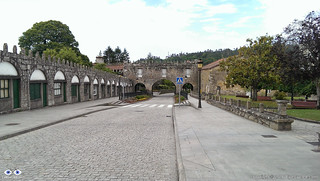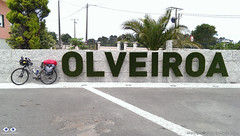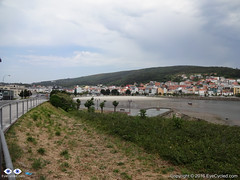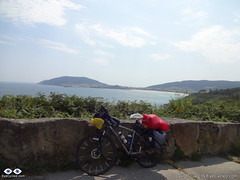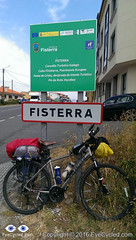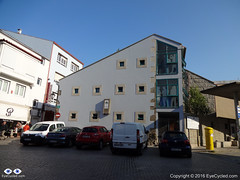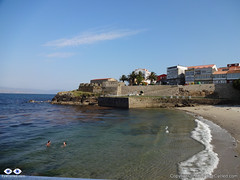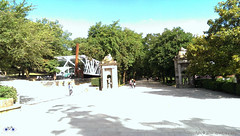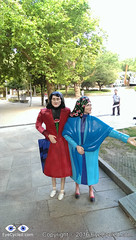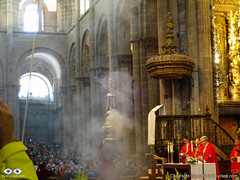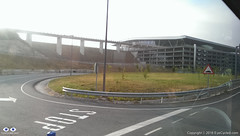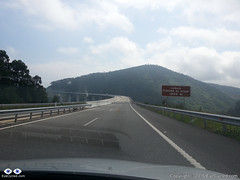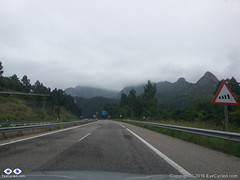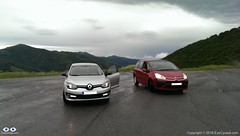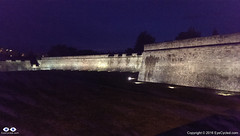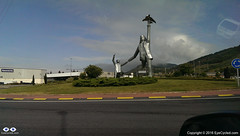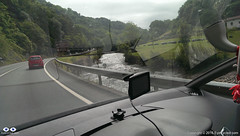"The perfect is the enemy of the good"
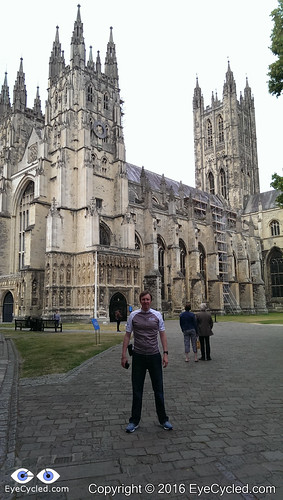 I’ve put off long enough, I think…
I’ve put off long enough, I think…
I honestly tried to publish content about my Via Francigena Pilgrimage by bike last year, but life got in the way and the ideas I had in my head for the blog posts and videos were perhaps a little out of my league.
Some time ago, as I was editing the 3rd video, I believe, I decided that I before I started the series of Via Francigena Blog posts I should publish an introduction first. I looked back into my “old” plans and realised things didn’t quite go as planned, but that they could probably have the potential of being worst if I hadn’t planned.
This introduction allows me to share my original plan with you and compare it with some of the real life post-pilgrimage information I collected. Perhaps it can be useful to other pilgrims.
In this introduction I also want to explain why I will be doing things in a certain way (by “things” I mean, the posts, the videos, etc). Call it the publishing “strategy”, if you like.
So, here it goes… the introduction to my Via Francigena Blog Series.
Click on the links below to jump directly to that section.
- About the Via Francigena: What is the Via Francigena?
- About the series of Blog Posts I am preparing.
- About the Route I took.
- About my plans, before I left (download in PDF).
- About the reality, when I came back (download in EXCEL)
- About the videos and media (pictures)
- About “Day Zero”, the day before the journey started.
- The pictures of “Day Zero” in Canterbury.
1. What is the Via Francigena
I could answer this with “Google is your friend“, or I could just provide a number of links to web resources such as this one, this one and this one, but they would not be my answer or at least answer what Via Francigena was to me.
In 2015 a friend and I decided to do the Camino de Santiago by bike. I had done some shorter bike trips before, but this was, at the time, the longest bike ride of my life. I loved it! Since coming back I was looking for the next challenge. For various reasons a number of ideas were raised and dropped. Some would take too long and be too expensive requiring me to take a license from work or quit my job. Not quite sure how I got to know about the Via Francigena (VF), but as a pilgrimage it is quite akin to the Camino de Santiago, so much in fact that is often also called “Camino di Roma” and it was probably during my research to write about my experiences with the Camino that I came across the details for the VF.
I really needed a challenge to get my mind off certain things that were consuming me during that period. Therapy and medication wasn’t helping much, so I started planning and the more I put my head to it, the more I was certain it was a feasible adventure, not too hard and not too easy. I found out that I was OK to spend the expected amount of money needed, but getting the approval from my company for the extended holiday period required for the trip, plus a few extra days for contingencies, wasn’t too easy.
2. Blog Posts:
It took me 29 days to complete the pilgrimage end to end, so my plan is to write at least 29 posts, as short as they may be, one for each day.
To promote consistency and order to the posts, I will divide each post in the respective Lightfoot Guide stages I covered on that day. More about the Lightfoot guide stages below.
3. Route:
For those old enough to understand this, it is not only Frank Sinatra that did things in his own way… I did my Via Francigena in my own way too… but, of course, like the Beatles (and Joe Cocker) with a little help from my friends.
First I bought the electronic version (PDF) of the Via Francigena Lightfoot volume set, containing 4 volumes. I do recommend them to you, but to be brutally honest, I don’t know if it was a worthwhile investment for me.

You can acquire the guides in paperback format at a cost of €67.99 or in digital PDF format at lower cost of €38.99 (at the time of writing) which comes watermarked with your name and email address to prevent misuse. I would recommend the e-book version as you honestly would not benefit from carrying 4 volumes of books, with hundreds of pages each, on your bicycle panniers (or backpack if doing by foot).
Link to the Lightfoot guides page: https://pilgrimagepublications.com/pp_2014/via-francigena/
Although the guides are extremely detailed, I’ve personally found the maps very confusing to follow on my bike, but, please, don’t take me as reference as I am a terrible map reader anyway. I believe they would be a much better help to those doing the pilgrimage on foot. The most useful aspect of the guides for me was to provide direction, hints and tips and the list of pilgrim accommodations.
The Lightfoot guide divides the Via Francigena into 98 stages, which are, presumably, the segments covered by Archbishop Sigeric, the Serious, on his 80 days return journey from Rome to Canterbury after receiving his Cope and Pallium (a circular band of white wool with pendants, worn by archbishops) from the Pope.
I deliberately missed some of these stages, such as the one from Calais to Wissant, and a few more during the journey because of various reasons, but I did cover most of these stages and the posts and videos will focus on them for each day of the pilgrimage.
You will be able to download the GPS files of the routes I took every day, but they include mistakes and tracks I would not recommend to you, so it would be important to read the posts for some context if you want to avoid making the same mistakes I did.
4. Planning (before I left):
I am an Engineer by formation and a project manager by trade. With this in mind, how can you expect me to go into anything without at least a minimum amount of planning? It is in my nature…
So I am making available here the original planning document in PDF format. I don’t mind sharing the original Microsoft Word document, nor any of the other supporting documents (Excel Spreadsheets, Microsoft Project Plan, PowerPoints, etc), but if you want them you’ll have to message me requesting them. They might be useful to you, if you are planning on doing your own Via Francigena.
Keep in mind, they should only be used as a guide. When I did the Camino de Santiago in 2015 I heard many times that although the route might be the same, the Camino is different for each person. That is one of the truths about pilgrimages: The Camino is yours… a very individual thing. Even if you do it more than once, they will always be different. When I did the Camino de Santiago in 2015 I met pilgrims who had done it several times and confirmed to me that every time they did it, was different, even if walking or riding the exact same route. That is perhaps one of the things that make this type of adventure so appealing to many. There will be decisions to be made along the way and a variety of random things that may force you to change your plans or your route, like road closures, weather conditions, sickness, mechanical failures, little accidents and so on… (knock on wood).
I know this may sound ridiculously obvious, but I don’t think I can over-emphasize that you should not rely too much on other people’s experiences as a recipe for success, if there is such a thing as a successful pilgrimage.
5. Reality (after I came back):
Now, this is not going to sound positive in terms of my planning skills, but no plan I’ve ever made worked out 100%. Other project managers might understand and accept this, however, one thing stands out with project planning: “Fail to plan is planning to fail”. At the very least a good project plan gets you thinking about what you want to achieve and how to achieve it. It is no guarantee of success, especially if you never done before, whatever you are doing, but it is better than to face the challenge completely unprepared.
I decided not to write a lengthy analysis about the things that worked and the things that didn’t. At the end of this series I may do that, but by then, if you have the intention of following the series, you’ll probably know that already.
I attempted to collect a lot of data during the journey, and that failed. I think I over-estimated my ability to do the collection while ensuring I was on the right track, got to the top of that mountain and was not run over by a truck or a car. It is a lot to take in and I had my hands full most of the time, but it wasn’t a complete disaster either.
Those that have done any amount of cycle-touring in their lives will know that at the end of the day you will be tired, dirty and hungry. The last thing on your mind would be “I need to record the stats / log for the day”. It wasn’t easy to get in front of a computer to write anything after a challenging day of riding 8 to 9 hours on a bike, yet I did it most days (feel free to leave me your kudos in the comments).
I was using multiple files as I originally thought it would be easier to separate the information, but upon my return I combined everything into a single file which I make available for download below. It contains all of the expenses, categorized by food, accommodation, repairs, transportation and extras as well as route and track information and a few other “bits and bobs” which might be useful to those attempting to do the same. I originally planned to collect information about other pilgrims, signage along the route and so on, but that was too much.
6. Videos and media (photos):
Video creation is by far the most consuming task in the project. I learned that after coming back from doing the Camino de Santiago in 2015. While it took me about 2 weeks to complete that pilgrimage, it took me a year to write about it and that is alright, after all this is my hobby and not my day job.
After the “Camino” I produced at least 1 time-lapsed video for each day of the journey. Some of these videos became a bit too long and I became a bit frustrated that after all the work I had put in them, almost no one was watching them ’till the end. So, for this series of posts I decided on a different approach: I’ll create shorter videos, more specifically breaking them down by stages, the same stages defined by the Lightfoot guide I used. Although there are 98 stages in the guide, I don’t expect to produce 98 videos as I skipped some of the stages.
As the videos were recorded in time-lapse mode with a GoPRO 4 Silver, that means they are very shaky and fast (the series 4 does not have digital image stabilization built in), so I want to leave a few hints and tips on how to best use the videos. I thought the best way to do that would be in a video itself, so, here it goes…
The photos will all be in Flickr as I found media to be very difficult to handle in WordPress itself. There will be albums containing all the photos for each day of the journey and all albums in be joined in what Flickr calls a “collection”.
Unfortunately, if you want more context to the photos you’ll have to read the blog posts as I simply don’t have the time and the will power to write descriptions for each of the thousands of pictures there.
7. Day Zero: The day before the journey started
I live in a small town called Bracknell in the county of Berkshire, England. The distance between my home and Canterbury is roughly 100 miles or 160 Km, so I got a good friend of mine to drive me to Canterbury the day before. I also had the company of my older son.
I had a reservation at the local Youth Hostel and after leaving the bike and gear in the hostel we all left to walk around Canterbury and find a place to eat dinner.
You can read a lot about Canterbury in Wikepidia, so I will just refrain from copy and pasting and leave you the invitation to click on the link above to learn more about this historic town, a UNESCO World Heritage Site, which has been inhabited since pre-historic times and played an important role in British history.
There isn’t actually much more to say about that day. After having dinner, my friend and my son drove back home and I spent some time in the hostel writing this blog post here.
At that point I was still deluding myself that I would be able to write one short post for each day of the journey. I did write several, but I now know better.
I don’t want to repeat in this post what I wrote on the above mentioned one, but I thought it was OK to, at least, point back to it and also share the pictures of the day.
8. Pictures of Day Zero: In Canterbury.
So that’s it, the first post of hopefully many.
Please subscribe to my Blog and/or to my YouTube channel if you don’t want to miss the next one. Please help me spread the word by liking and sharing my Facebook Page and Tweeter feed also.
Thank you for your time!



